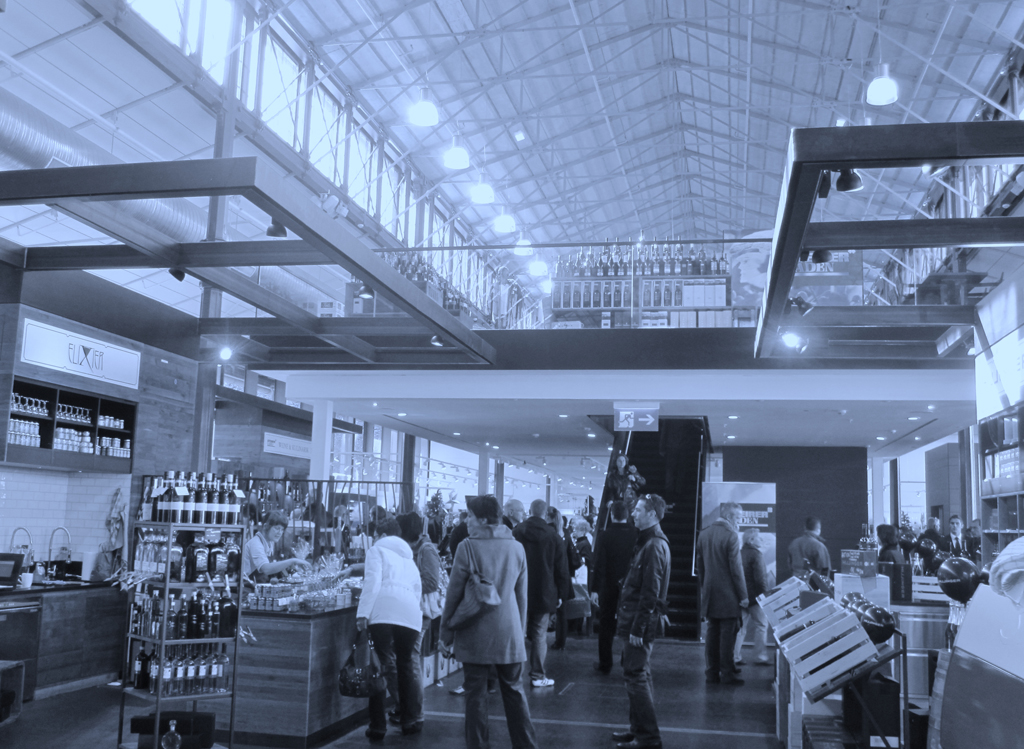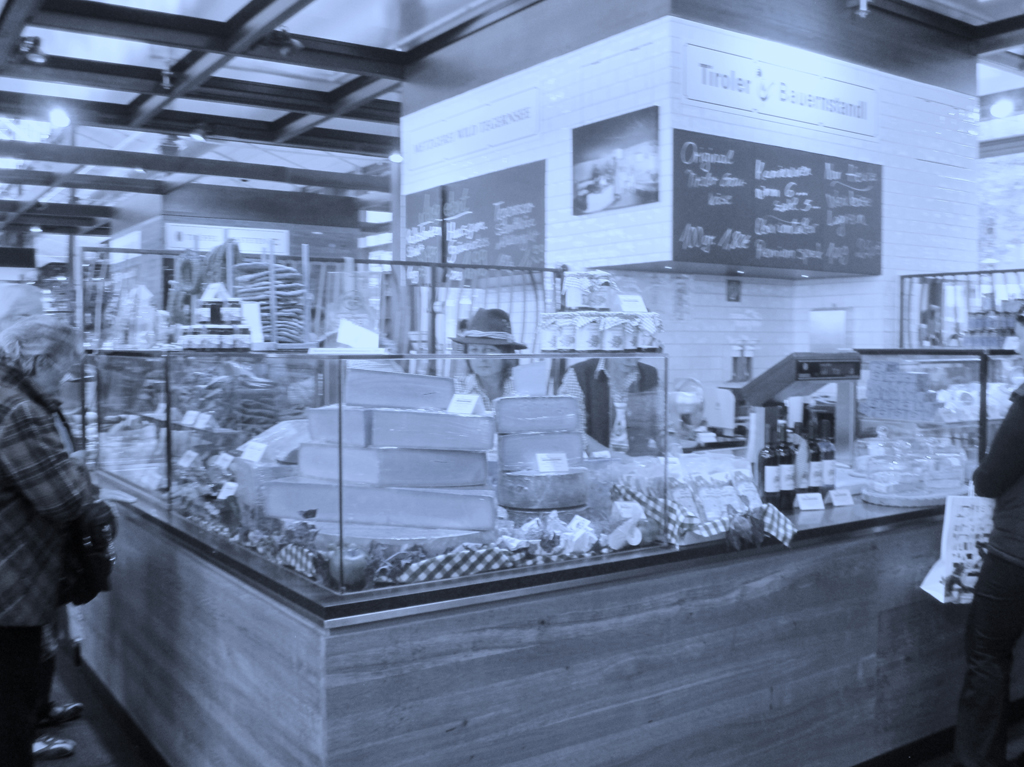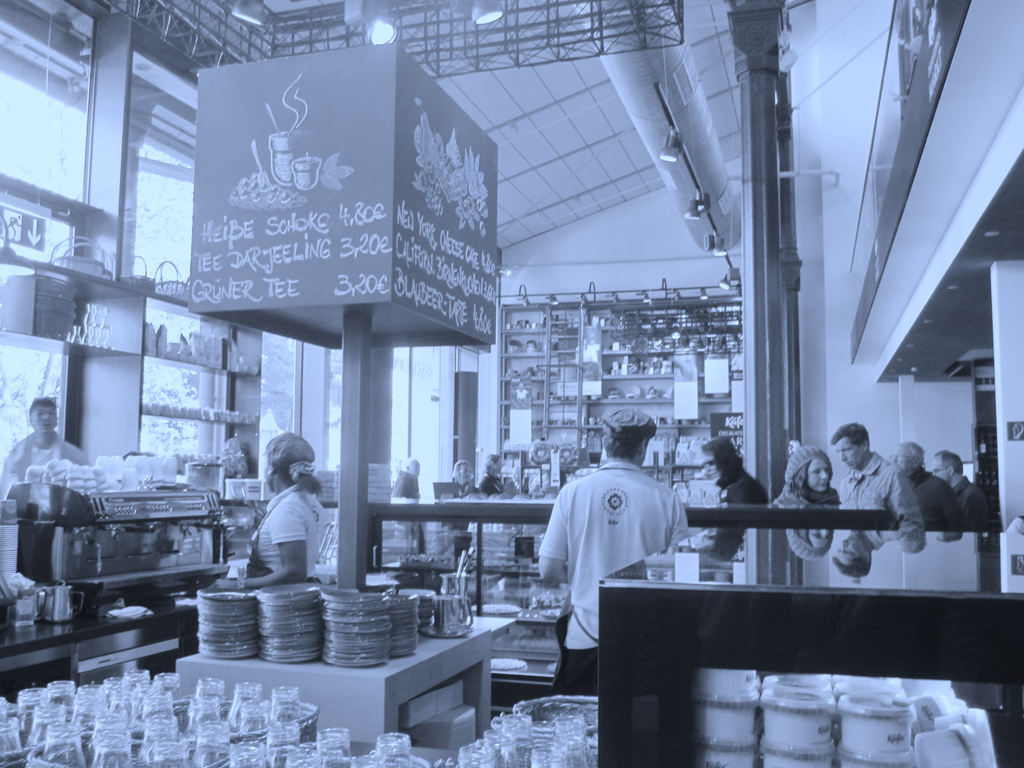Any travel guide will agree that one of the main tourist attractions to visit in any city will always be markets. These ancient commercial spaces represent the best culinary and cultural traditions of each region. In the markets there is the essence of a country and its people, their voices, sorrows and joys. The Pride of the shopkeepers and the curiosity of the visitors gave to markets the social characteristics of a civilization.
 Schrannenhalle Gallery. Photography © Melissa Schumacher.
Schrannenhalle Gallery. Photography © Melissa Schumacher.
Probably no other commercial space calls as much attention as the market of yesteryear. The sounds, flavors, colors immerse the visitor in a euphoric sensations are mixed with an architectural space that works as a container and server. Usually the simple metal structure kept in front of the feast of tends and characters that are inside.
Unlike the Mexican markets where chaos reigns appealing against an order colorful. European markets attract attention both for its aesthetic and internal distribution. Locally, Munich has two parallel commercial spaces that synthesize the best of Bavarian culture and new culinary trends among its inhabitants, a product of globalization.
 Stall of products of Tirol. Photography © Melissa Schumacher.
Stall of products of Tirol. Photography © Melissa Schumacher.
The first is of course the traditional Viktualienmark, urban open space where they insert a series of outdoor shops selling flowers, meats, succulent cheeses, vegetables, spices, handicrafts and even Latin American products. This market in its most classic form, takes into a well-known beer garden where you can enjoy the best food and drink in the city on sunny days.
Across the street there is an extension to the contemporary trend in markets with specialized products. But reflect the enjoyment of folk and the atmosphere, along with touches for deli lovers of international cuisine. This building of 1853, Schrannenhalle (www.schrannenhalle.de) was reopened in 2005 and has a simple but classic structure, reminiscent of the industrial age and leaves visible to the viewer what is happening inside. The project is from Ackerman and Partners and Stefan A. Schumer and takes place in a main gallery of 430 meters and a number of local commercial stations distributed throughout.
 Variety of fruits. Photography © Melissa Schumacher.
Variety of fruits. Photography © Melissa Schumacher.
The visitor cannot stop feeling the traditional touches of a market like the noise, people coming and going, cooking food and cutting knives. After the beauty of space and this brings us back to admire the subtlety of the interior architecture that allows the contemplation of each of the 30 points of sale.
Besides finding food from the region, you can find international products such as sausages, exotic fruits, wines, cheeses and spices of the East. This indicates to me about global trends in consume. Countries such as Germany have also been open to receive the best recipes from every culture. Look up a bit we found a small restaurant to appreciate the current market from above. It's so hard to explain this compelling feeling of motion that generate noise and commercial spaces like this, and what better way to enjoy it from a bar where the shopkeeper or the cook prepares our order immediately.
 Kitchens open in Scrannenhalle. Photography © Melissa Schumacher.
Kitchens open in Scrannenhalle. Photography © Melissa Schumacher.
I cannot choose what type of market I like more: The folk market of each city with classic architecture or the modern market with global tastes that experiment with indoor and outdoor space. Both markets plunge me into the heart of local culture and can be the best for an anthropological exercise of the food and people.
IN TREATMENT - METALOCUS.
DIRECTOR: JOSÉ JUAN BARBA. COORDINATION: INÉS LALUETA. ORGANIZATION: INÉS LALUETA, PEDRO NAVARRO. GUESTS SECOND SEASON: JOSÉ JUAN BARBA, JAVIER SANCHO, FRANCISCO PELAEZ, MICHAEL MORADIELLOS, MELISSA SCHUMACHER, VERÓNICA ROSERO, AINHOA MARTÍN.
























